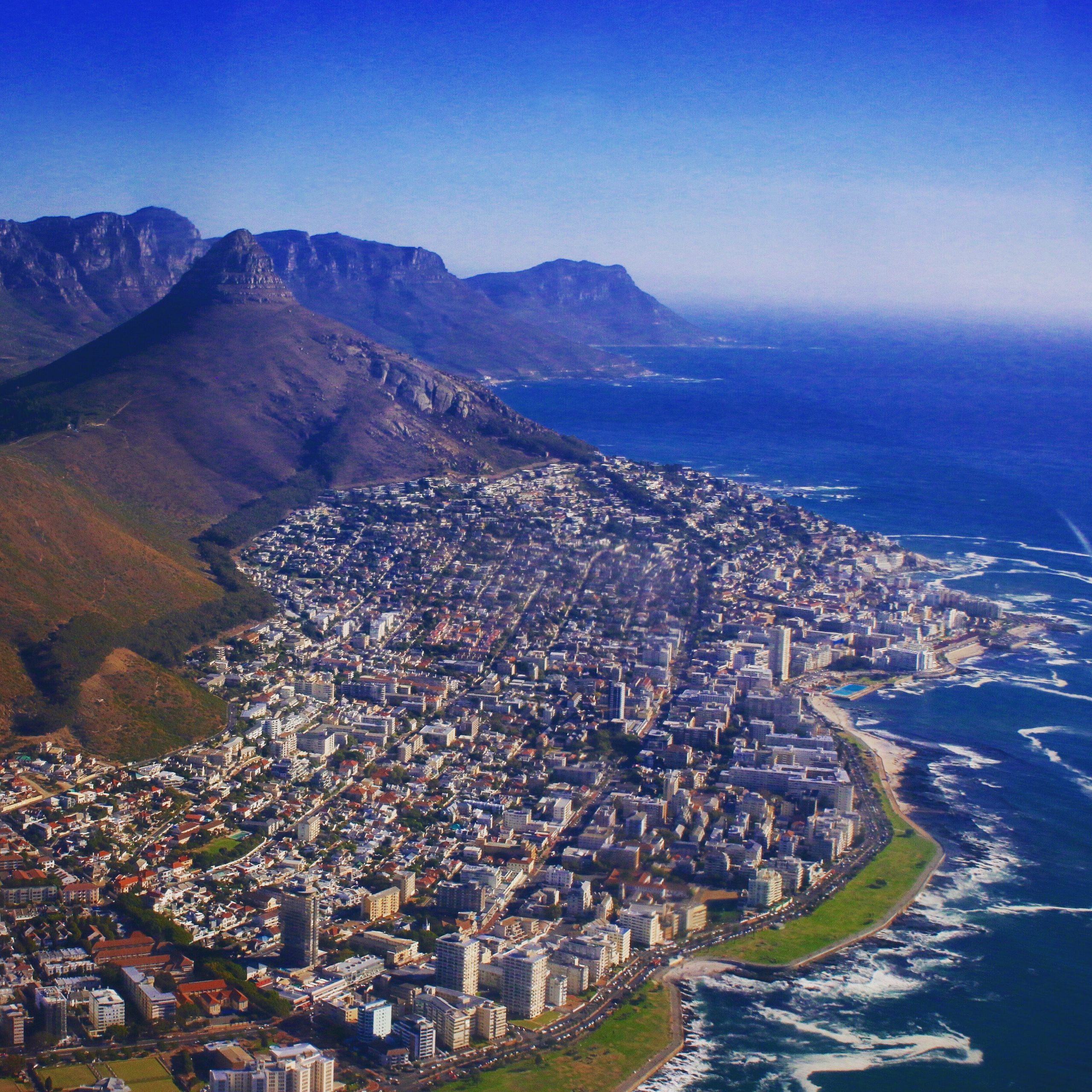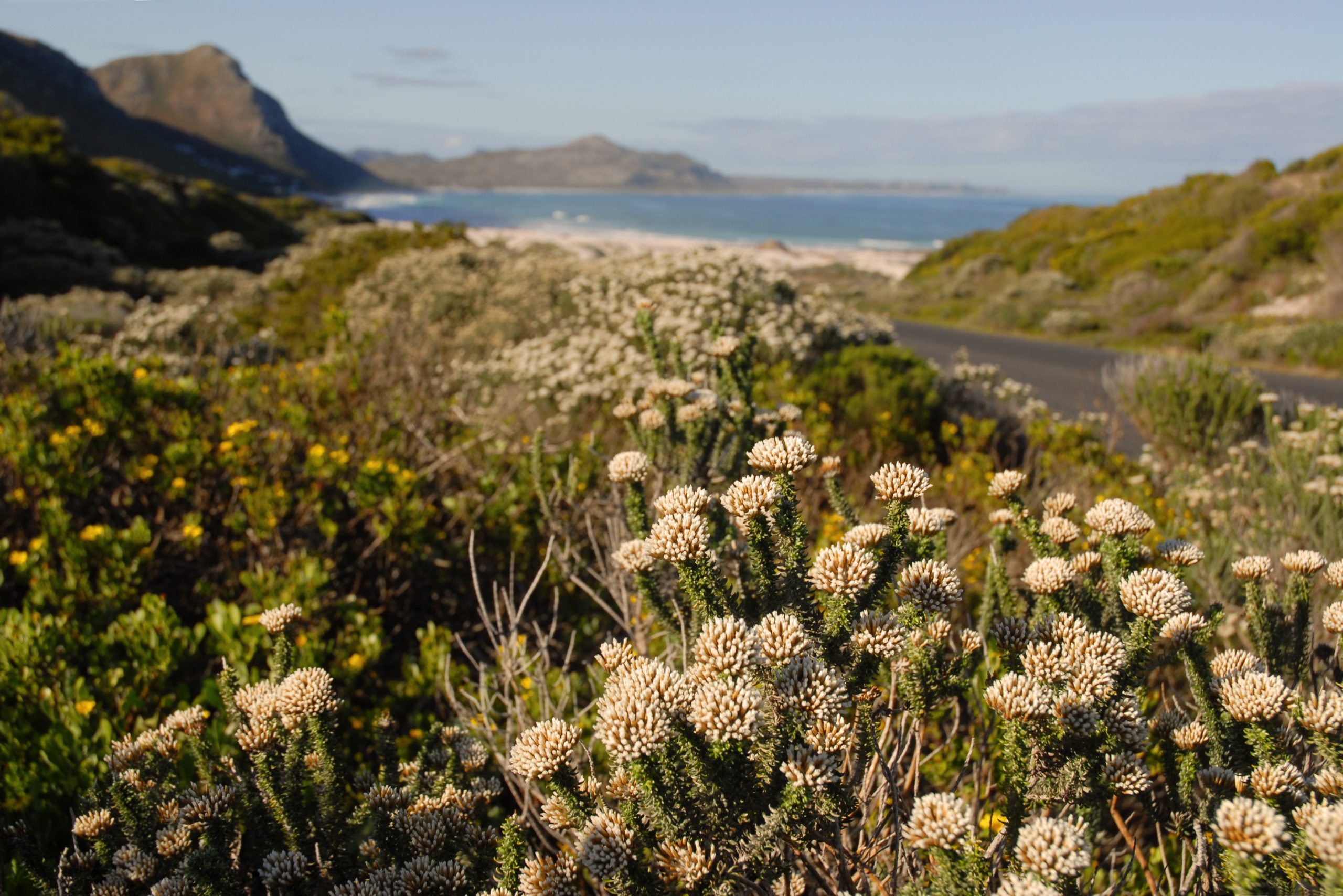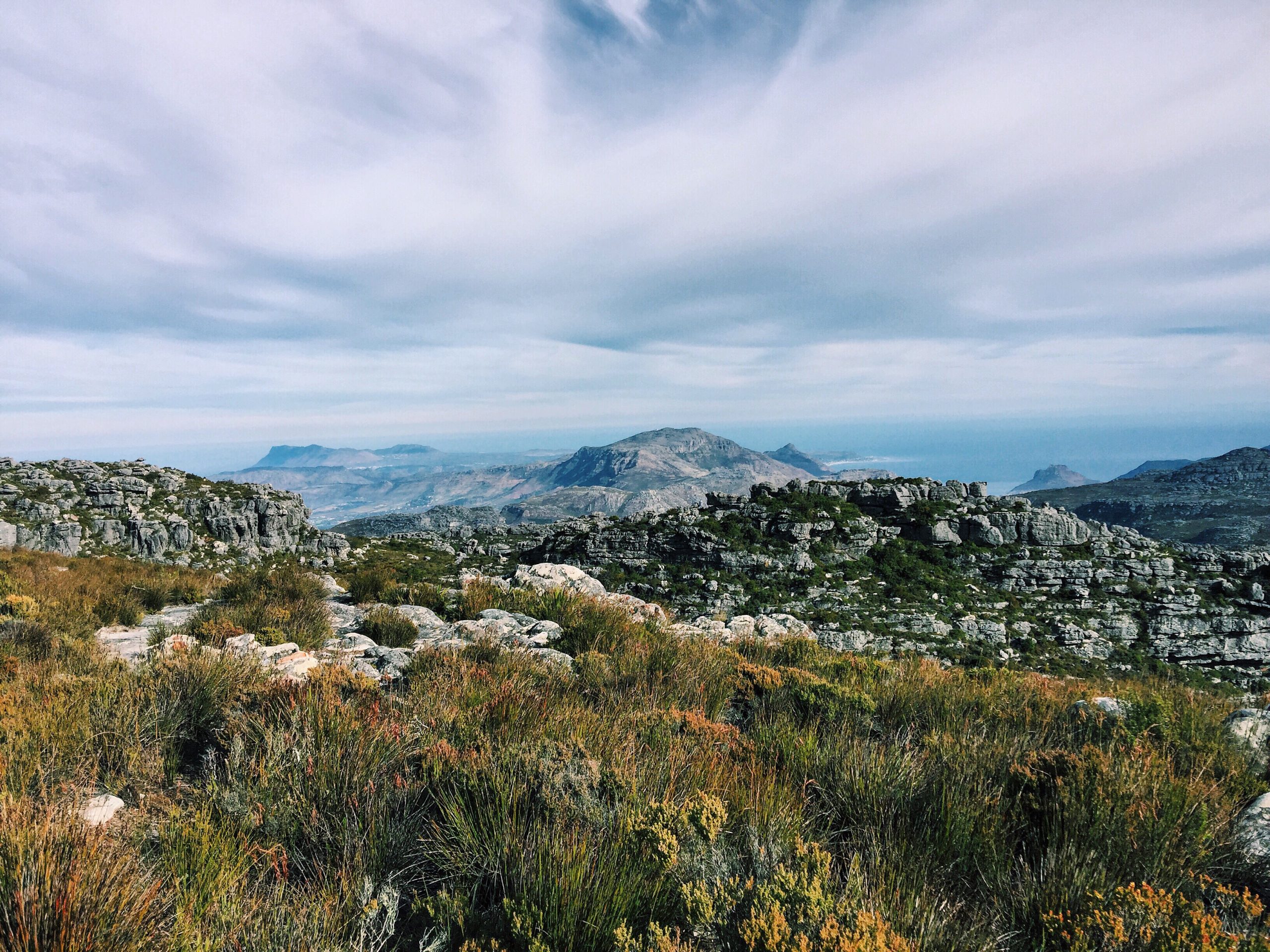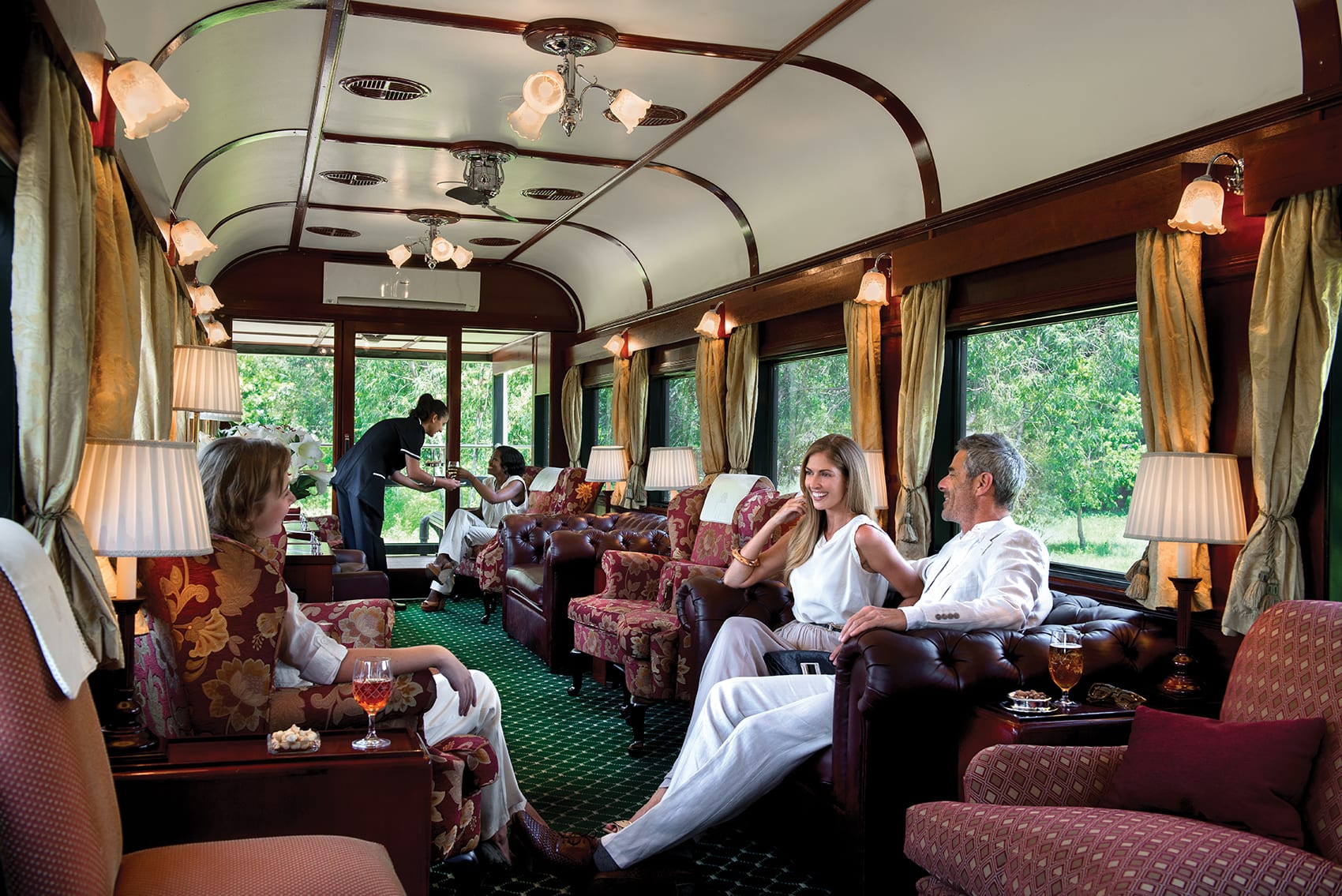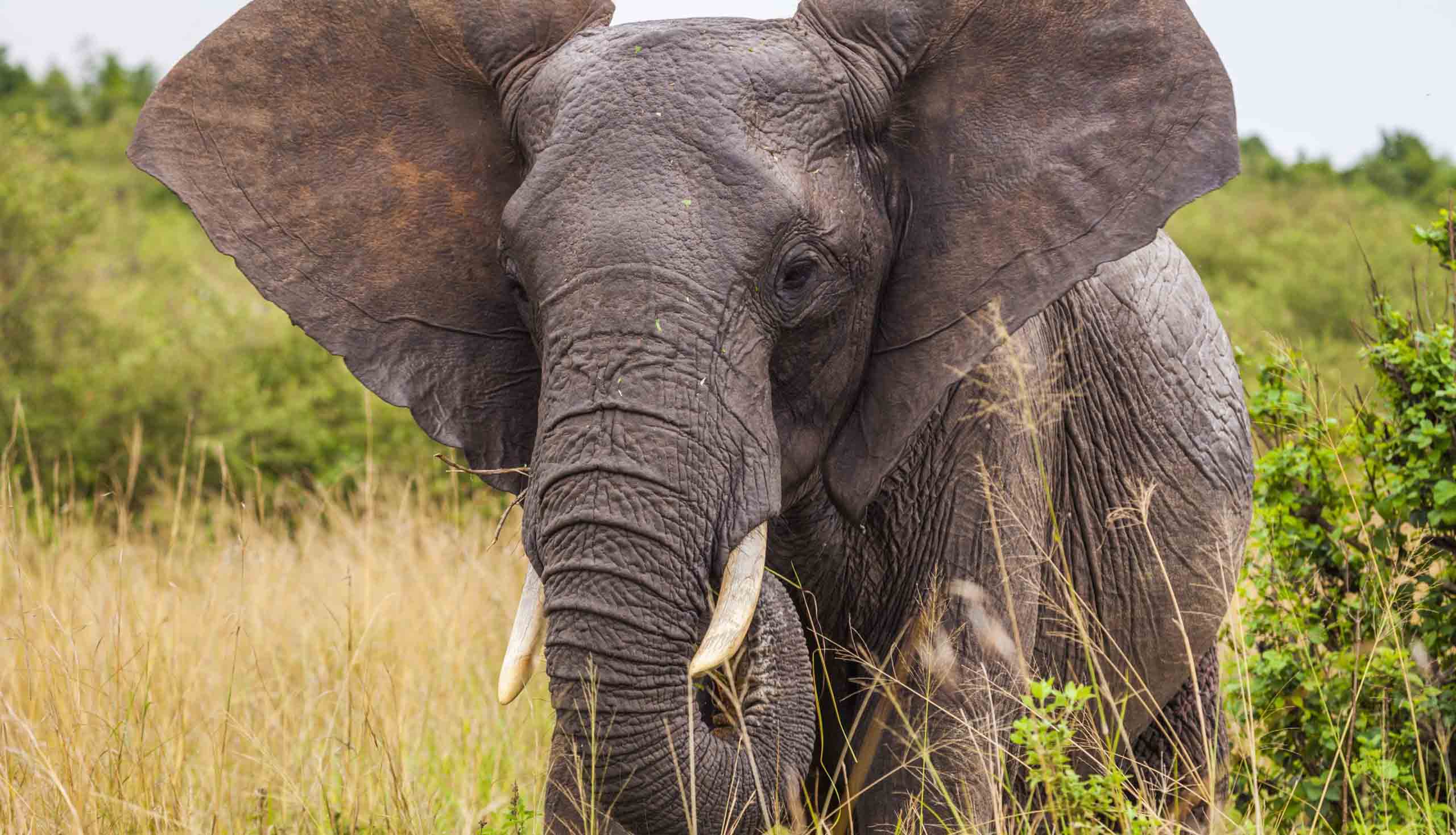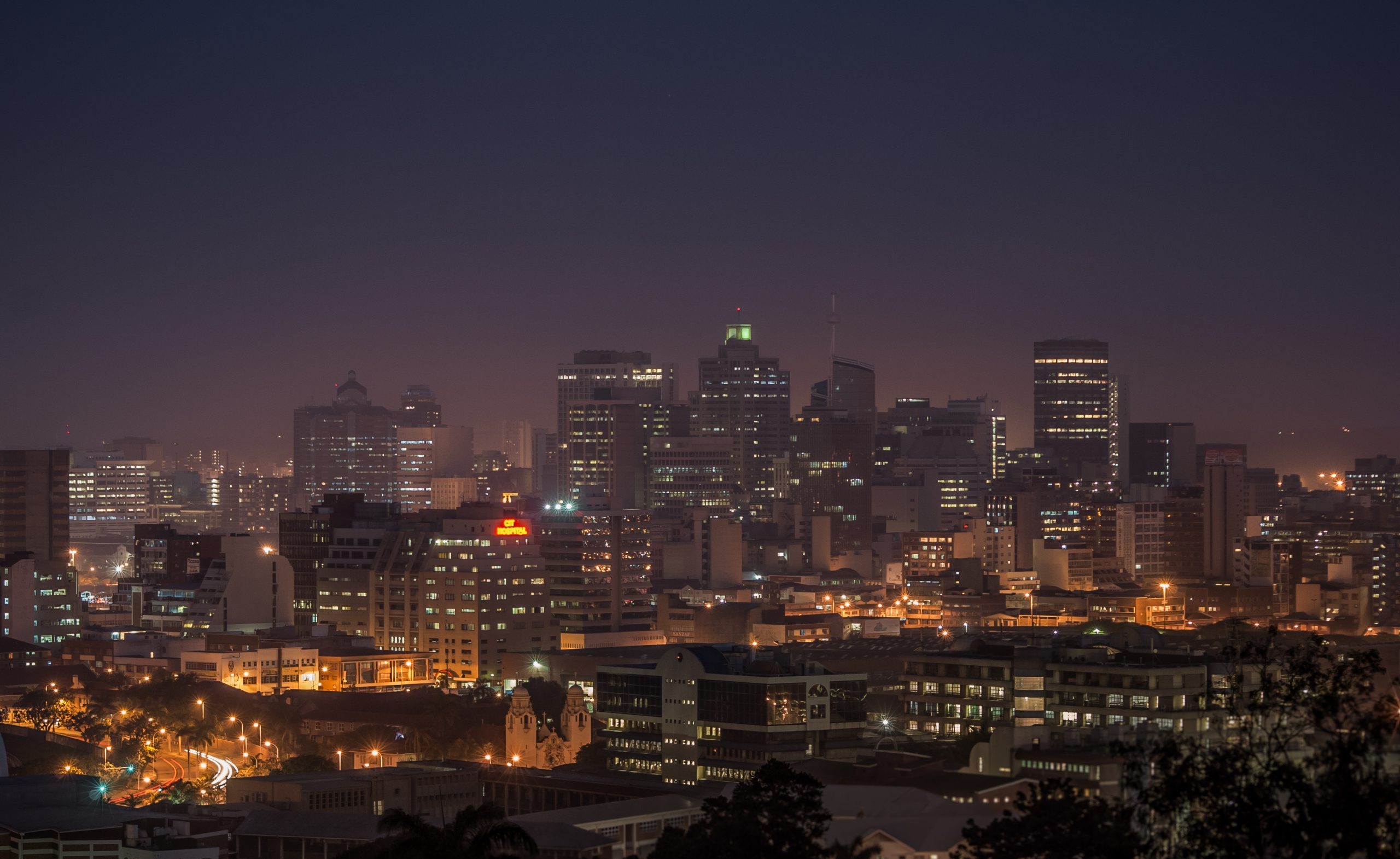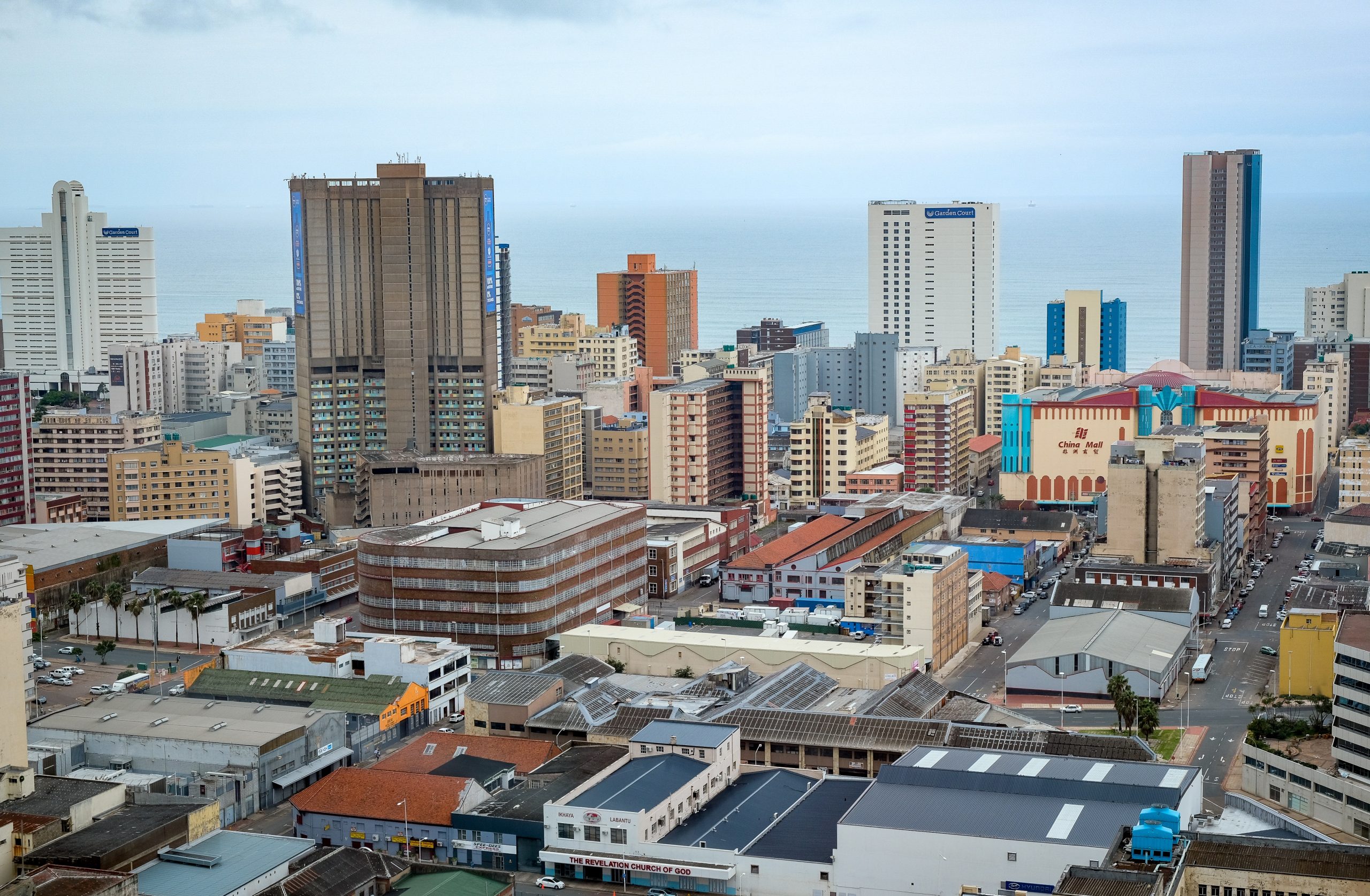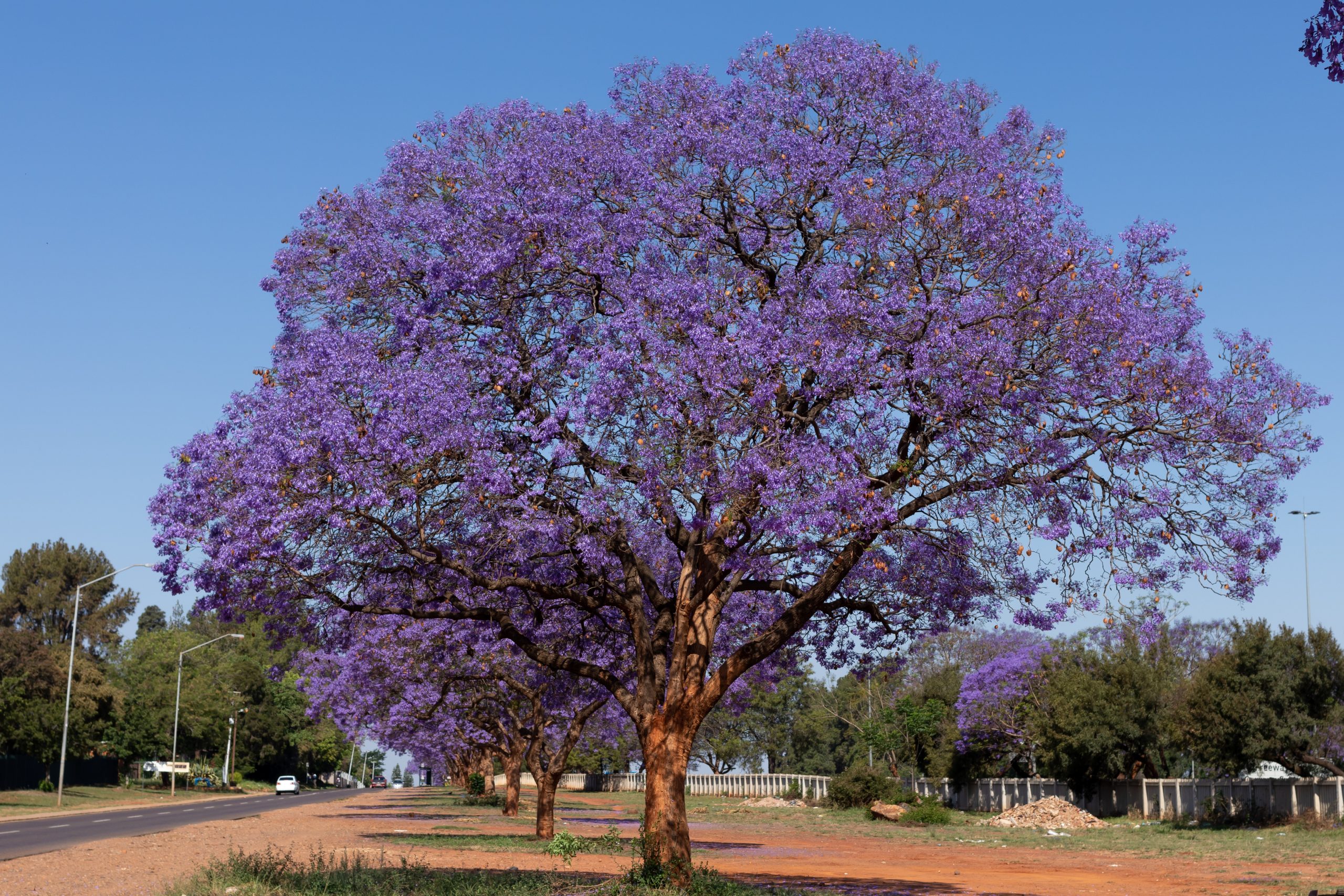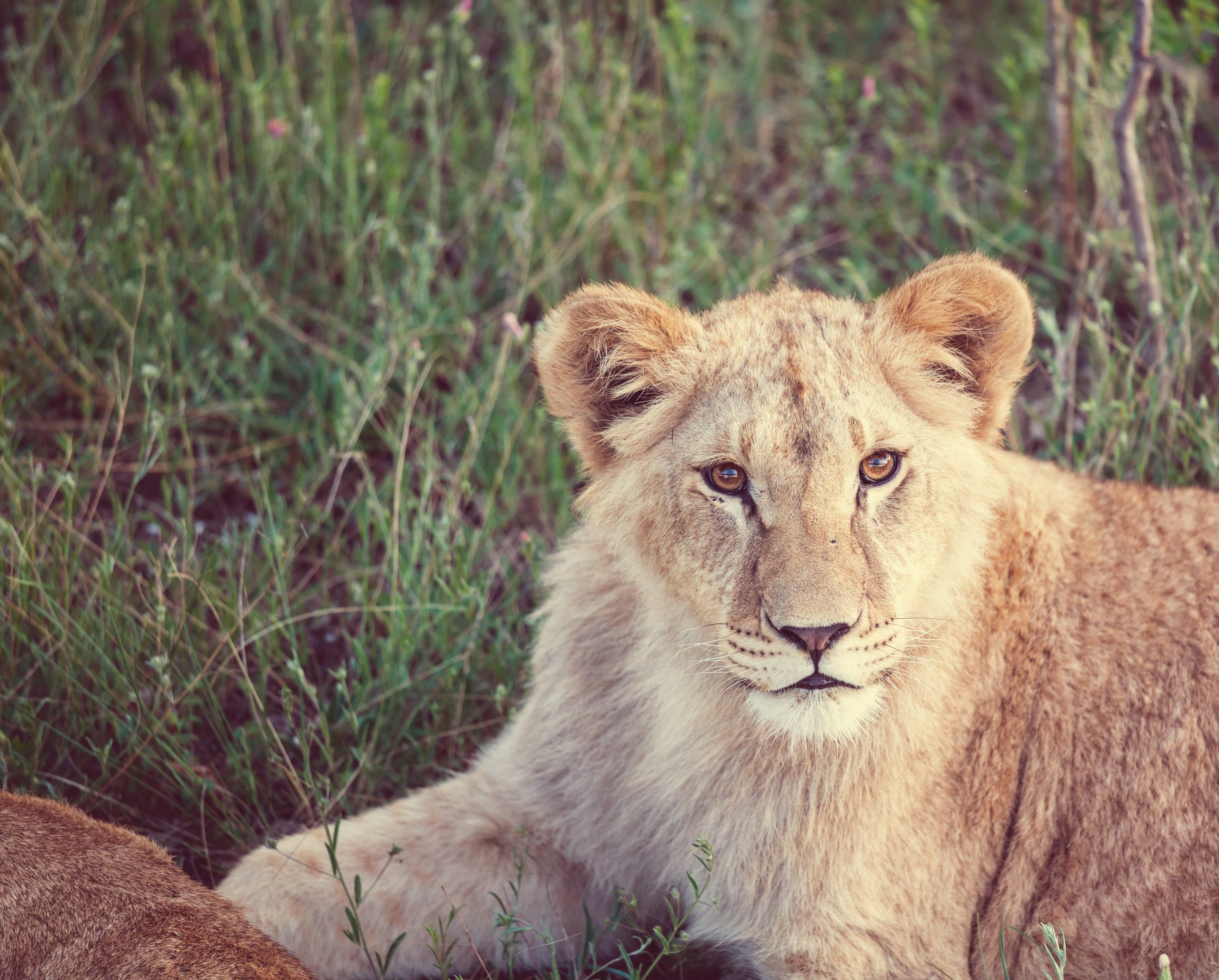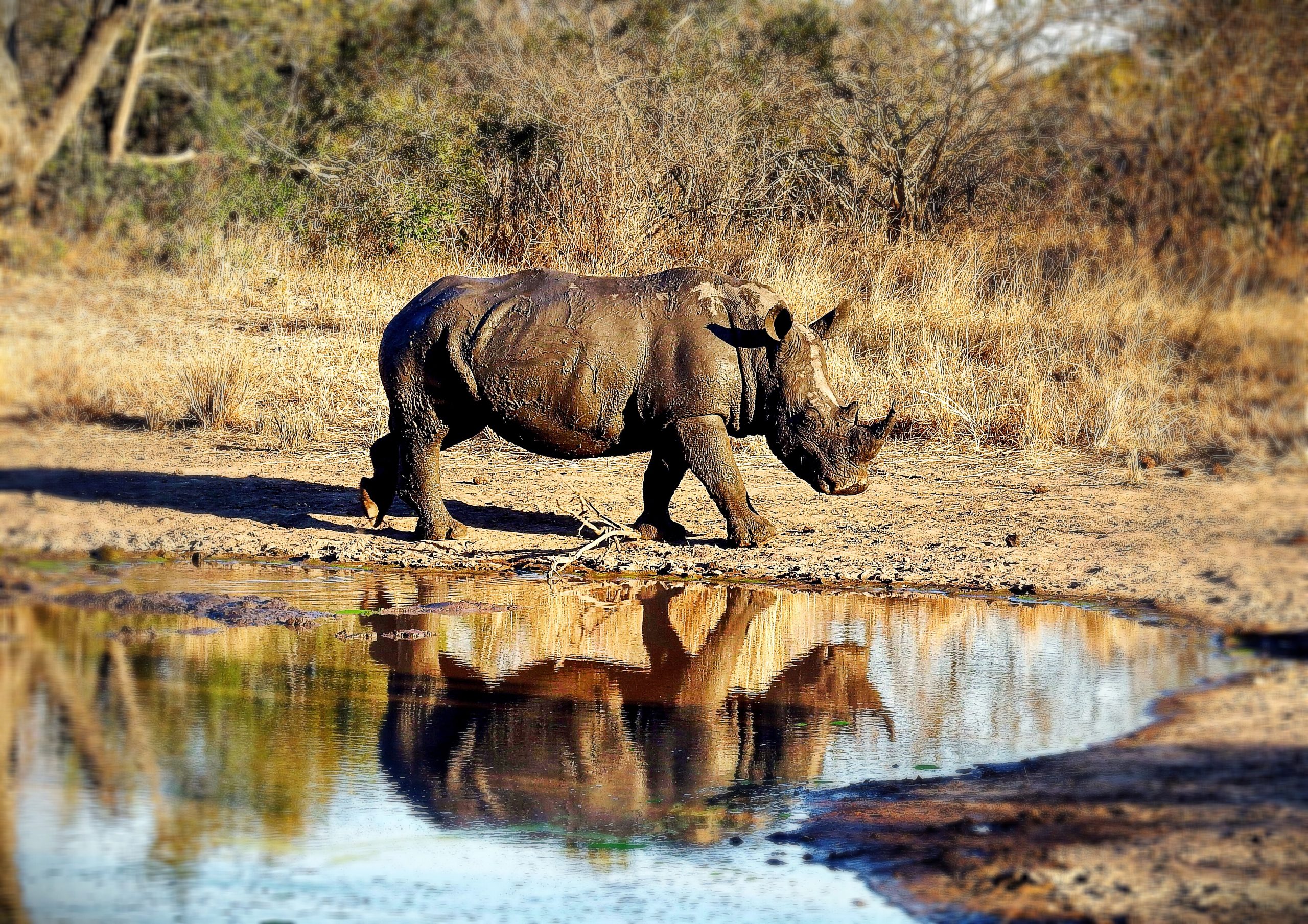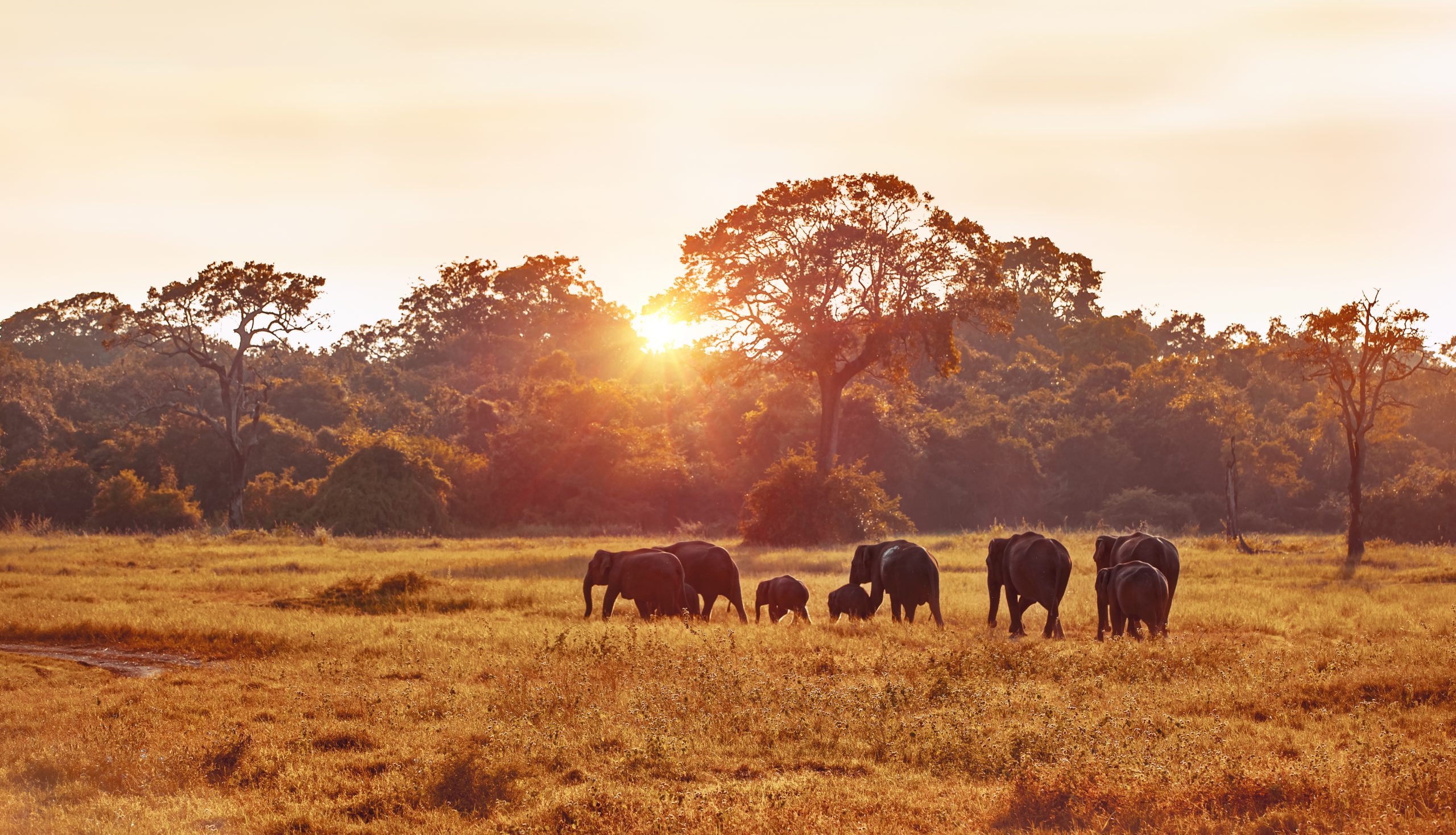SOUTH AFRICA Day 1 in South Africa — Arrival, Cape Town, and Robben Island It’s been just over 24 hours since landing …
SOUTH AFRICA
Day 10: 24 Hours with the Zulu
Not wanting to spend another day within Durban, we opted to go and experience a slice of life with the Zulu people in one of their villages about an hour west of the city.
Before I get into the specifics of the day, let me just give a very, very brief summary of the Zulu people.
They are the largest ethnic group in South Africa comprising anywhere from 10 to 11 million people. A vast majority of them reside in the KwaZulu-Natal province, but they also spill over into other provinces of South Africa as well as the neighboring countries of Mozambique, Zimbabwe, and Zambia. The term Zulu means heaven and they are the largest group that form the Bantu peoples who have been around for thousands of years and comprise about one third of Africa’s population. There are anywhere from 300 to 600 ethnic groups that belong under the Bantu umbrella. The Zulu nation was brought together in the early 19th century under the leadership of Shaka. For the remainder of the 19th and 20th centuries, the Zulu people continued to live in the region around KwaZulu Natal and saw their group rise and fall between the infighting between the various Zulu “kinglets” and the battles against the British, whom they were eventually defeated by in 1879. Under Apartheid, the KwaZulu homeland was created for the Zulu people and it was decreed that they would be citizens of KwaZulu and lose their South African citizenship. Zulu’s were forced from other parts of South Africa into KwaZulu until the population there ballooned to over 5 million. Once Apartheid ended, KwaZulu was joined with Natal to form the current province of KwaZulu-Natal.
So, wanting to experience life in a Zulu village, we had arranged to be taken to a Zulu village to spend a 24 hour period with them. Although this would in no way help us understand their way of life, it would at least be a small window into seeing how a typical Zulu family lives in one of their traditional villages.
We arrived right around 10 AM to Maphephetheni (Ma-fe-fe-tha-nee) that is located within the Valley of a Thousand Hills that we had passed through on the Rovos Rail a couple of days back. Upon arrival, we were greeted by our hostess, the mother of the family we would be staying with for the day at the foot of the dirt pathway that led up to the three small huts that served as her home along with her children and the nieces and nephews that she was caring for. We were led to the second hut that she had cleaned up for us and said that we would be sleeping there in the evening and could leave our bags there as well.
What was most immediate about the Zulu village is that the residents no longer wear the clothing that is usually attributed to the Zulu people. This includes brightly colored beads, clothing made of animal skins, and grass skirts for the women. This traditional ware has been replaced by more urbanite clothing of pants, t-shirts, and shorts. The traditional clothes are only brought out now for special occasions such as weddings and funerals.
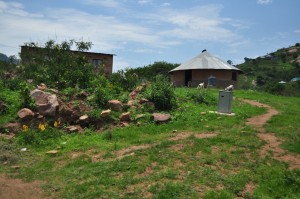


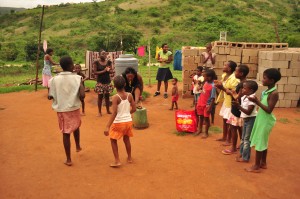


The first order of business was to go and see the village sangoma (healer) who lived about a quarter of a mile away. At first, I didn’t really know what to think about this as I thought it would be a bit hoaky. I really wasn’t in the mood to have someone try to cure me of some ailment that I didn’t even know I had. But fortunately, that is not what happened. Instead, we were seated on the ground inside of the sangomas hut and it was basically an education session on how sangomas in the Zulu villages work. They believe that they are able to heal the ailments of others from the powers passed down from their ancestors. Both men and women can become sangomas and it is usually known at a very early age through various signs or dreams that a person will become one. These individuals are then apprenticed to a senior sangoma for three to five years learning about different physical ailments and the herbs and remedies that can be used to heal various problems. So, the sangoma whose hut we went to was also quite young — in fact, I don’t think she was past 20 but it was hard to tell.
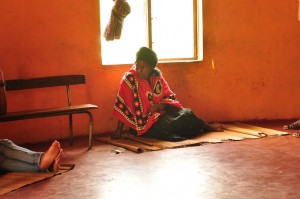


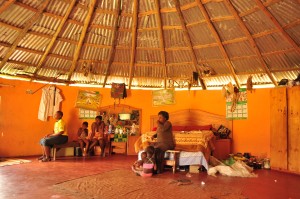


The other thing we were able to experience while at the sangomas place was traditional Zulu clothing that some of the young girls donned on for us. This is only my observation, but it seemed like they were just as confused by a few articles of clothing as I would have been had I been trying on the same items. It seems like even in these remote areas of the world, time is moving on and what was once daily wear is now being relegated to the curiosities of history.
After leaving the sangomas place, we were then taken down to a little stream downhill from our hostess’ land. Here, we were given a little overview about the Zulu courtship and marriage rituals. Apparently, it takes quite a bit of time — we’re talking in years here from how it was explained to us. It also involves the giving of up to 11 cows from the groom’s family to the brides as an exchange for taking the daughter from the house of her father. However, the object of affection here is a bracelet made of grass. We were shown how to make it and were given stalks of this grass to make it ourselves. After spending about half an hour trying to do this, my bracelet looked like a really bad hangman’s noose. Good thing I’m not trying to pick up a Zulu girl.
Afterwards, we then returned to our hostess’ place for lunch. The meal that we were served was a typical Zulu meal, meaning it was all vegetarian. The colorful dish included squash, tomatoes, spinach, cabbage, and pap (a white maize porridge). The meal was taken sitting on floor mats and only using our hands to combine the various items together into a small ball for each bite. Personally, I didn’t care too much for the food. I’m not really much of a vegetarian, plus the food tasted pretty bland. The best part about it was just looking at it since it was so colorful.
Following lunch, the children and adults performed some dances for us with a makeshift drum using a plastic bucket. There were quite a few children who came out for this because they were expecting candy from us afterwards, which we certainly delivered. The dancing lasted for about 45 minutes and we were included in the craziness as well. It was pretty fun although I will never be as coordinated as they are. The rest of the day was spent hanging around the village. We took a walk to the local shebeen, which is an unlicensed bar that sells alcohol and beer. There was a single pool table in the bar room where some Zulu guys were playing. Attached to the shebeen was a very small store that sold food and toiletries. It was very third worldly and a bit depressing looking, especially with the rain clouds looming overhead and the trash littered around the dirt roads. The children from earlier in the day followed us there and continued to play their games such as marbles and wheel spinning.
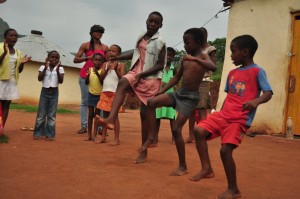


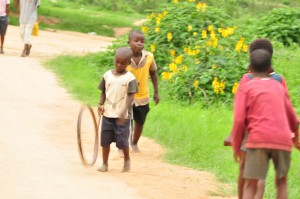


Around 5 PM, the rain started coming down pretty hard as we walked back to the huts. Dinner was served, but this time it was a chicken meal and we were given utensils. Other friends and relatives of our hostess started to come by and the place got pretty busy. There were a lot of children ranging from 2 to around 12 or 13. In my discussions with some of them, I learned that they were orphans who had lost both of their parents. Primarily, many of them had died from AIDS as it has ravaged South Africa over the past couple of decades with very little done to combat it until recently.
One other incident occurred that was a bit strange that evening. As the rain let up, an older woman came down from higher up in the hills. She stood at the front walls of the hut with an empty coke bottle and spent about an hour collecting the flying termites that had come out and were swarming around the lightbulb. She was capturing these termites and placing them in the bottle. I asked one of the kids what she was doing, and apparently eating termites is a delicacy for her. Even the young Zulu children thought she was a bit crazy, so I’m glad I wasn’t alone in my opinion.
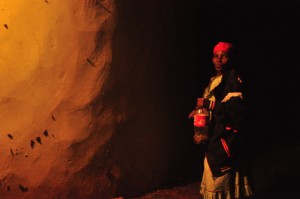


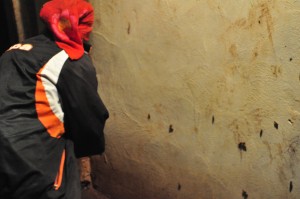


Finally, we turned in around 9 PM in the second hut that was set up for us. I pulled out a piece of plastic tarp and lay down on the floor with a light blanket. It wasn’t the most comfortable place I ever slept, but it wasn’t the worst either.
So, that was our day with the Zulu people of South Africa. Certainly an interesting day and a nice crash course into native African culture.
Share this post:
RELATED POSTS
SOUTH AFRICA Day 2 – Walking Around Cape Town The morning greeted us with a completely different weather pattern than the previous …
SOUTH AFRICA Day 3 – To the Ends of Africa Well again, no luck. The morning dawned with another overcast day even …
SOUTH AFRICA Day 4 – AfricaCom and Table Mountain At last! Today turned out to be bright and beautiful. The sun was …
SOUTH AFRICA Day 5 – Last Day in Cape Town and AfricaCom Today, November 11, was the second and last day of …
SOUTH AFRICA Day 6: The Rovos Rail – Pretoria to Durban The Golden Age of train travel is now more or less …
SOUTH AFRICA Day 7: Rovos Rail and Safari Drives Sure enough, we were woken up at 5 AM by our hostess, Sarah, …
SOUTH AFRICA Day 8: Rovos Rail Journey Ends at Durban, South Africa There was no early morning wakeup call today. In fact, …
SOUTH AFRICA Day 9: A Day In Durban, South Africa We woke up today to a much nicer morning than the rain …
SOUTH AFRICA Day 11: Farewell to the Zulu Village, Then Durban to Pretoria Even in the best of travels, there is always …
SOUTH AFRICA Day 12: Out and About in Pretoria, South Africa I remember learning the song We Are Marching To Pretoria back in 3rd …
SOUTH AFRICA Day 13: Begin Walking Safari in Kruger National Park This morning would start the high point of our trip – …
SOUTH AFRICA Day 14: Making Hemingway Proud — Tracking Rhinos on Foot Other than the fact that there is very little to …
SOUTH AFRICA Day 15: Finishing off the Big Five Game Animals in Kruger National Park Hands down, today was a great safari …

